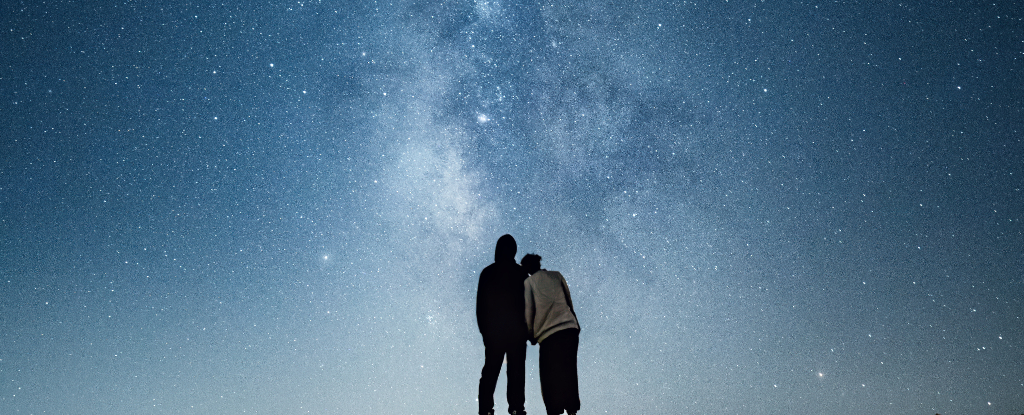If it were not for the traditional custodians of an old-growth forest in the Solomon Islands, scientists may have never caught a glimpse of it: a rodent species of unusual size, quietly living in the trees and crunching through coconuts with its giant, sharp teeth.
Measuring roughly the length of a newborn baby and weighing up to a kilo, it is one of the largest and rarest rats in the world. It seems to only come out under the cover of darkness.
The creature is known by indigenous peoples on the island of Lupa Vangunu as vika (Uromys vika), and despite its extreme size, for years scientists had only heard stories of it from those who call the forests of the Zaira Community Resource Management Area home.
Now, scientists have collected no fewer than 95 photos of the midnight muncher.
“Capturing images of the Vangunu giant rat for the first time is extremely positive news for this poorly known species,” says mammalogist Tyrone Lavery from the University of Melbourne, who worked on the research with local Zaira rangers and scientists at the Solomon Islands National University.
“The images show the Vangunu giant rat lives in Zaira’s primary forests, and these lands (particularly the Dokoso tribal area) represent the last remaining habitat for the species.”
For years, extensive surveys of the Zaira forest on Vangunu turned up neither hide nor hair of the species. Experts could only find invasive black rats.
Then, in 2017, a logging company felled a large tree in the forest and noticed a strange carcass that had been killed in the wreckage.
It was the fabled vika, confirming its existence to the scientific community for the first time. It was the first new rodent species from the Solomon Islands described in more than 80 years.
Yet even though the rodent was finally found, it took several more years for strategically placed camera traps to capture the species in action – the only known images of a living vika, scurrying through the canopy and on the forest floor.
Lavery and his team credit the deep traditional knowledge of the Dokoso, Sugili, and Tavoamai tribes in helping them identify these elusive creatures. These tribes are the remaining custodians of Lupa Vangunu’s old-growth forests.
Researchers think they have captured at least four individuals in their footage, including a male and two females.
The entire population on the island of Vangunu is unknown but the species is considered critically endangered.
“This comes at a critical juncture for the future of Vangunu’s last forests – which the community of Zaira have been fighting to protect from logging for 16 years,” explains Lavery.
“Logging consent has been granted at Zaira, and if it proceeds it will undoubtedly lead to extinction of the Vangunu giant rat.”
The very trees that the vika like to live in most are the same ones that commercial logging companies prefer. Nevertheless, in November of 2022, the Solomon Islands government granted consent for logging on the Dokoso tribe’s customary land.
Representatives from the tribe have appealed the decision, and the ultimate decision that is made will impact the future of the vika and many more flora and fauna on both the land and the sea.
“If you look at our Vangunu Island, logging has destroyed the whole place; I think this is the only place left,” says Zaira resident Maraeah Talilotu.
“If you take a look at the land you will be sad because there is no forest. Those areas have no food anymore. If we want to gather food from the sea, we can actually see the sea is damaged.”
If the Solomon Islands government permits the continued logging of this forest, the nation will be in direct contradiction of their United Nations biodiversity commitments, which aim to prevent the extinction of threatened species.
The vika may be one of the first creatures to go.
The study was published in Ecology and Evolution.





